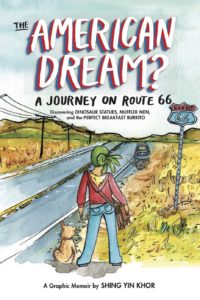
Route 66, for the unfamiliar, was once called the Main Street of America. Built in 1926, it spans nearly 2,500 miles from Los Angeles to Chicago. The road has appeared in pop songs, a 1960s television show of the same name, Pixar’s Cars franchise, and John Steinbeck’s canonical novel, The Grapes of Wrath. Basically, Route 66 is a crucial part of Americana, and while it is no longer the best way — or even a practical one — of crossing the country, the mystique of Route 66 remains.
In the spring of 2016, it was this mystique that inspired Khor — a native of Malaysia who moved to Los Angeles 10 years ago and became an American citizen — to pack up their Honda Fit, take their very good little dog Bug, and drive the entirety of Route 66. Now, Khor has captured the experience in a new graphic memoir/travelogue, The American Dream?: A Journey on Route 66 Discovering Dinosaur Statues, Muffler Men, and the Perfect Breakfast Burrito, which is out Tuesday from Zest Books.
The book is a wonderful mix of factoids, history, anecdotes, splash pages of roadways and stars, and personal revelations. In advance of its release, Khor was kind enough to answer some questions about the work from The Beat. Check out our interview below…
THE BEAT: What was your frame of reference for Grapes of Wrath like the first time you read it, and what do you think gives it such a powerful sense of universality?
KHOR: I think that growing up, the specificity of Steinbeck’s books were really appealing to me as someone who had no real idea of what America was like outside of popular media. It was a whole different world to me, and I read them the same way I think you’d read fantasy books – it wasn’t until I got older that I realized that these were stories about a very real part of American history. Fundamentally, of course I knew, but the life of a Malaysian teenager living in the Philippines is not particularly aligned with a bunch of cannery workers or a family fleeing west during the Great Depression. I was definitely not a particularly cool kid, though…I got really excited when we moved to California and I got to visit Cannery Row and see Doc’s house and all that.
THE BEAT: For me I think it was a commercial that featured it along with that song about it, but I wanted to ask, how did you first become aware of Historic Route 66 and its significance to the country’s past?
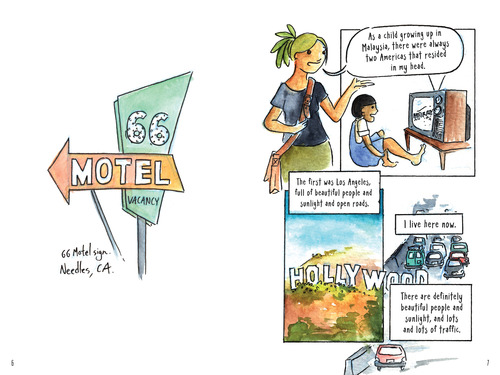
THE BEAT: What was your creative process like during the journey itself, how much note-taking did you do and was there any sketching on the road? I really enjoyed some of the big visual flourishes, like the starry night sky earlier in the book…
KHOR: I took some notes and lots of pictures, but I mostly tried to take the trip as if I wasn’t writing a book. I didn’t know what sort of story I’d be writing. I trusted that I would know, and the road would know what stories it wanted to give me.
THE BEAT: How did you balance your personal travelogue with the excellent factoids and bits of history? Was balance something you thought of often during the creative process?
KHOR: It was something I thought of not at all, but is probably a pretty accurate reflection of having a conversation with me, which is generally a mix of weird introspective feelings with some tangent where I tell you about a cool roadside statue I just saw and then read the Wikipedia article for. It is probably quite insufferable in real life, but it works pretty well as a book.
THE BEAT: Part of the story here as well is the draw of driving this highway for Europeans and others looking to see more of interior America. What do you think it is about the experience that attracts visitors from abroad?
KHOR: America is so big.
THE BEAT: I understand you took the trip and framed the story before much of the recent national tumult, specifically the 2016 election…there’s a mention in the work, but I’m curious how the past two years may have re-framed your experiences and the way you think of Route 66?
KHOR: I drove Route 66 in April 2016, and I finished the book before Trump took office. I thought Hillary Clinton was most likely to be the next president, I was contending with my identity as an immigrant, and I likely always will, but in April of 2016, I didn’t actually find my citizenship tenuous the way I do in August 2019. I’m not sure I expected the book that I wrote. It is a softer and more introspective book, I think, and perhaps a bit more meandering, than if I had written it right now, where it feels like there is this rage bubbling under my skin all the time.
There were places in the book that I wrote about as charming, and they were, but now they fly Confederate flags in 2019, and I would recommend that black and brown people take a detour. It doesn’t change what I feel about Route 66. It does make me angry to see outward displays of racism and xenophobia along this brilliant chunk of the American mythos, and it makes me even more determined to claim a chunk of it for myself, which is kind of what this book is. This is an American road, and I’m American. There are immigrants and people of color invested in keeping this history alive, who care a lot about making their communities a diverse and welcoming place, and this history is theirs and it’s mine, and the racists don’t get to pretend that it belongs to them.


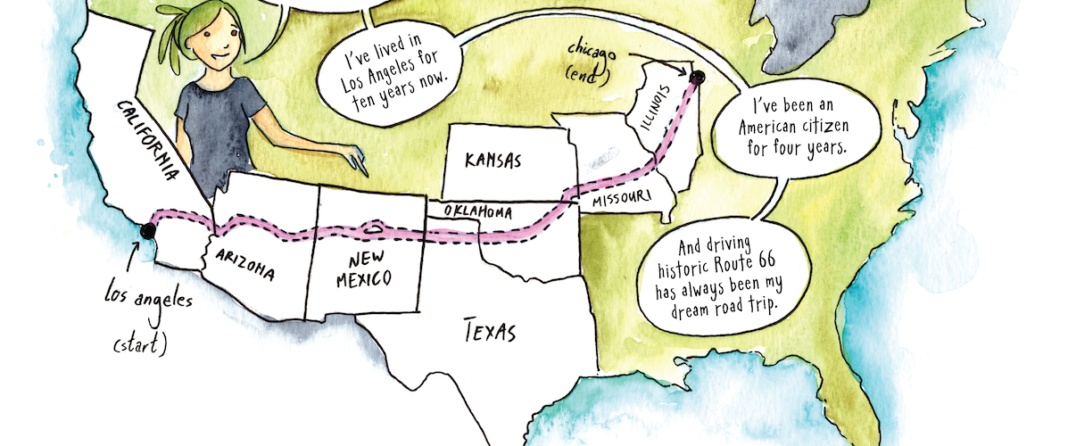
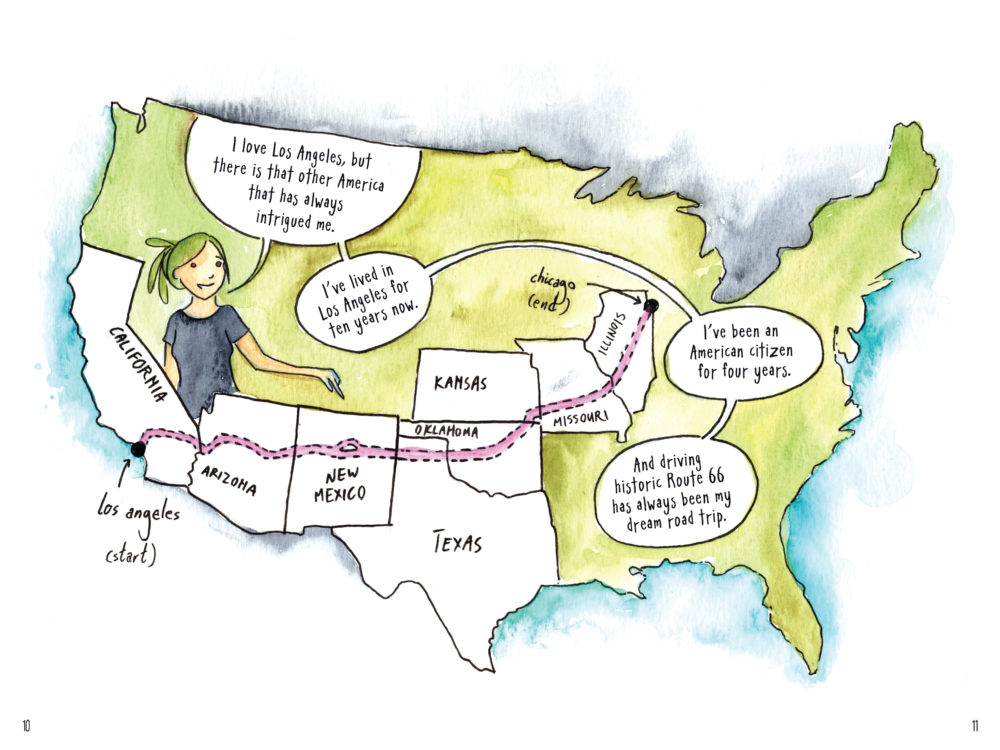
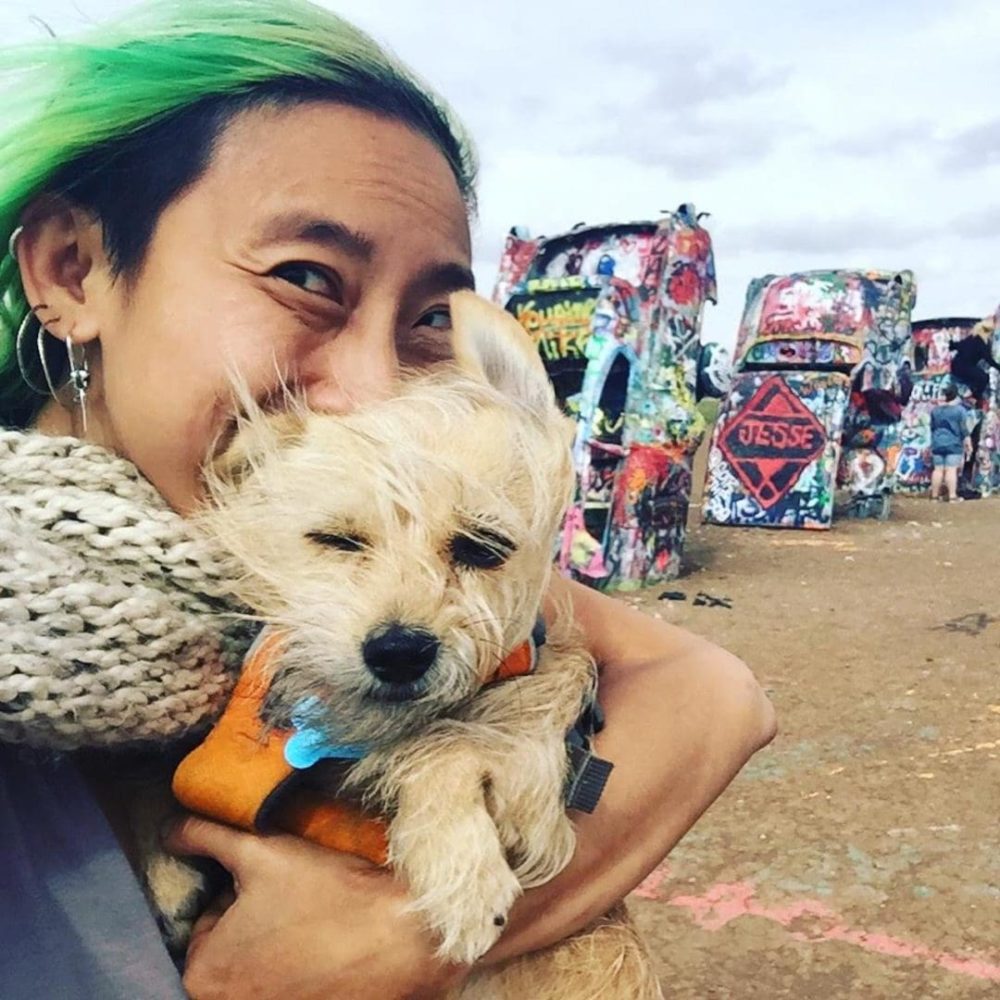
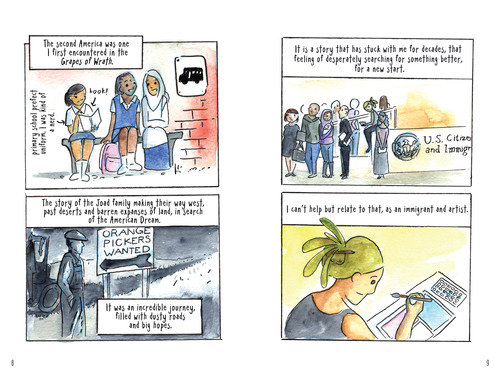

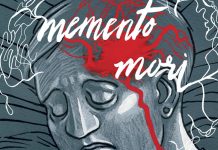




Comments are closed.